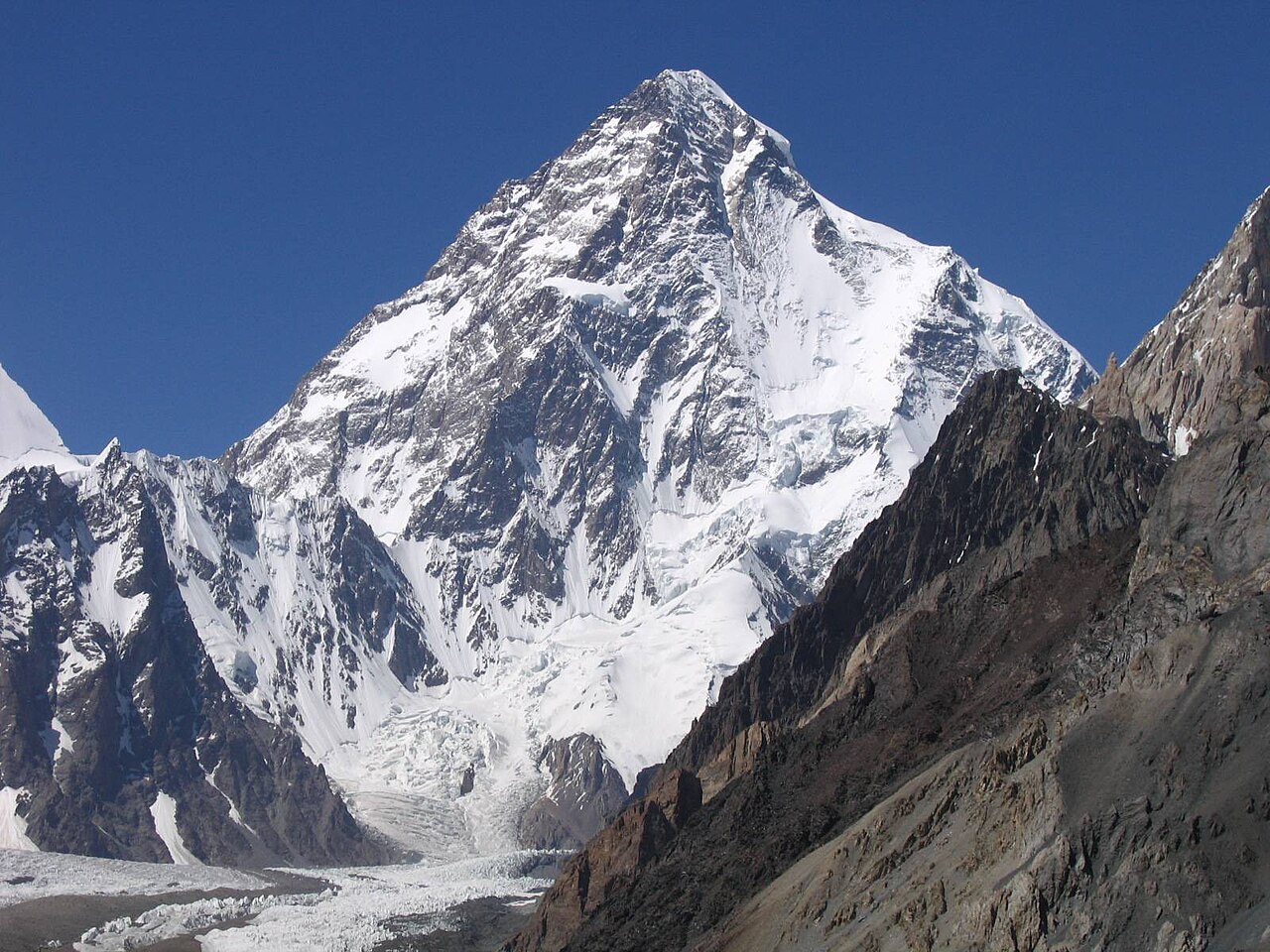Now that the summer climbing season is over in Pakistan, and the teams have packed up all of their belongings and headed home, there has been some time to assess the level of success that was seen in the Himalaya and Karakoram over the past few weeks. While it was a typical year throughout much of the region, teamss on K2 found unprecedented success, with as many as 40 climbers reaching the summit. This has led to some discussion in the mountaineering community that K2 has now gone the way of Everest, and will soon be crowded with commercial teams looking to make a profit by leading rich clients to the top. I’ve even seen a well known blog ask if K2 had been “tamed” at long last. While it is true that K2 saw more successful summits than in any single season in the past, it was due to the perfect alignment of weather more than anything else. And if you want to know if the “Savage Mountain” has been tamed, just ask the climbers who were there. They’ll tell you that K2 is still amongst the toughest climbs on the planet, and incredibly dangerous even in the best of conditions.
The key element that allowed so many climbers to top out this spring was a prolonged patch of relatively good weather that brought warmer temperatures, low winds, and less precipitation. While that alone is not uncommon on K2, the summit window stayed open for nearly a week, giving climbers ample opportunity to reach the top while conditions were good. Often times in the past, those window would only be open for a a day or two, giving teams a very narrow opportunity to summit.
That isn’t to say that conditions were completely safe this season either. Alan Arnette has posted some thoughts on the climb now that he has returned to Skardu, and he says that the first wave of summiteers – the group that went up July 26 – all faced the real threat of severe frostbite, as they had to wait for the fixed lines to be installed to the summit. Some of the men and women in that group could have lost fingers or toes, something that Alan says has been underreported thus far. While I have heard of anyone struggling with frostbite, there may be a few climbers out there who will still lose a few digits thanks to their K2 ambitions this season. And that can occur, even when the weather is nearly perfect.
But that’s just a sliver of what Alan has to share. He also talks about just how physically and mentally demanding K2 is in the best of conditions as well. On his very popular climbing blog, Alan follows the Everest climbing season like no one else, and he knows what it takes to climb that mountain, having reached the summit there as well. He says that K2 is an entirely different challenge that mixes technical climbing, over a variety of surfaces, at extreme altitude. Throw in the incredibly unpredictable weather, frequent avalanches, and a variety of other obstacle, and K2 is simply too difficult for the vast majority of Everest climbers to consider.
Arnette isn’t the only one who thinks this way. Adrian Hayes, who summited amongst the first group last week, has his own thoughts on this topic as well. He was the climber who was asked by Explorers Web if the mountain has been tamed. His response, which is part of a larger interview that is still forthcoming, is as follows:
“The stunning successes have been down to an unprecedented fantastic weather window and snow conditions. It’s a good question. Top ask, but it’s a damn hard and technical mountain and with some wind, lower temperatures or normal snow conditions, we would never have got half the 35 who summitted Saturday [July 26] up, if at all…”
I guess it should be expected that some in the mountaineering community would question whether or not K2 has somehow gotten easier after 40 people manage to reach its summit. There are some that want to see it remain the “Mountaineer’s Mountain,” which boasts a death rate of 25%. Personally, I don’t think K2 is in any danger of losing that title at the moment, it is just due to some unique circumstances that so many climbers were able to top out. There were similar circumstances in 2012 that allowed a large group to summit then as well, but last year there were no successful summits at all. And following the tragedy of 2008, during which 11 people lost their lives, it took three seasons before anyone reached the top again.
So while we will probably continue to hear some people proclaiming that K2 has been “tamed,” it is important to keep in perspective the level of success obtained this season. It has certainly been one for the record books, and every climber should be proud of what they have accomplished. But if you were to ask them all directly whether or not K2 has somehow gotten easier, I’d be willing to bet that all of them would tell you that they were fortunate to be climbing during this unique season, and that K2 will remain the Savage Mountain for the foreseeable future.
- Gear Review: The Xero Scrambler Mid is an Ultralight Hiking Shoe for Spring - March 1, 2023
- Gear Review: Yeti Roadie 48 Wheeled Cooler - August 18, 2022
- Kristin Harila Continues Pursuit of 8000-Meter Speed Record - August 16, 2022

In a sense, many big routes, including K2, have been tamed, when one considers.. 1) most climbs are led by guides, 2) ropes are fixed and used by successive teams, 3) food, fuel and camping supplies are carried and prepared by guides and local employees, 4) Climbers are airlifted to base camps, 5) weather windows are identified far in advance by computer modeling. Eliminate the "dependency model" and the herd would disappear…